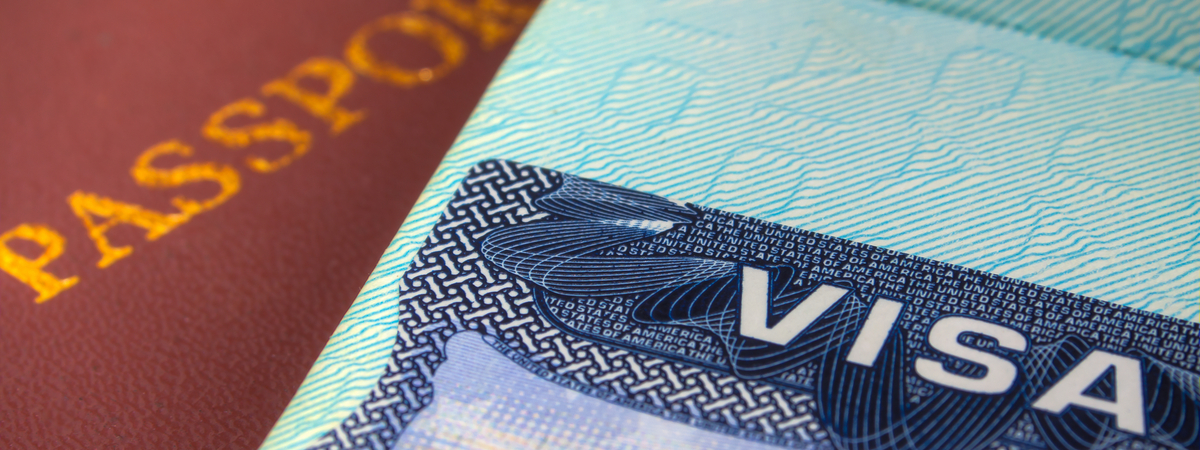U.S. Customs and Border Protection (CBP) has updated its admission system and has begun issuing I-94 admission records containing employment authorization notations for newly-admitted L2 and E spouses. While CBP has not officially announced the change, effective Jan. 31, 2022, the agency began issuing I-94 admission records with the following notations reflecting work authorization incident to status:
E-1S – Spouse of E-1
E-2S – Spouse of E-2
E-3S – Spouse of E-3
L-2S – Spouse of L-1A or L-1B
Although not required, CBP recommends L2 and E spouses travel with proof of the marriage relationship (i.e., marriage certificate with English translation, if necessary) to assure the correct notation is entered into their I-94 admission record.
For employers, L2 and E spouses who are admitted with this employment authorization notation will be immediately eligible to work in the United States without restriction until the expiration date listed on the I-94. They will no longer be required to apply for an Employment Authorization Document (EAD) from USCIS, although they may continue to apply for the EAD if they wish to do so.
U.S. Citizenship and Immigration Services (USCIS) has updated its I-9 policy guidance to confirm that employers can accept the new, revised I-94 containing these new work authorization notations as evidence of employment authorization under List C of the Form I-9.
However, employers should also be aware that CBP is not retroactively updating the I-94 admission records for L2 and E spouses already present in the United States. These individuals will only be eligible to obtain the work authorized I-94 notation the next time they return to the United States after foreign travel, or the next time they file an application to change or extend their nonimmigrant status with USCIS.
L2 and E spouses who have not received an I-94 admission record containing the employment authorization notation must continue to rely on their EAD as proof of their work authorization in the United States. Employers should be aware of this distinction when completing the I-9 process.
